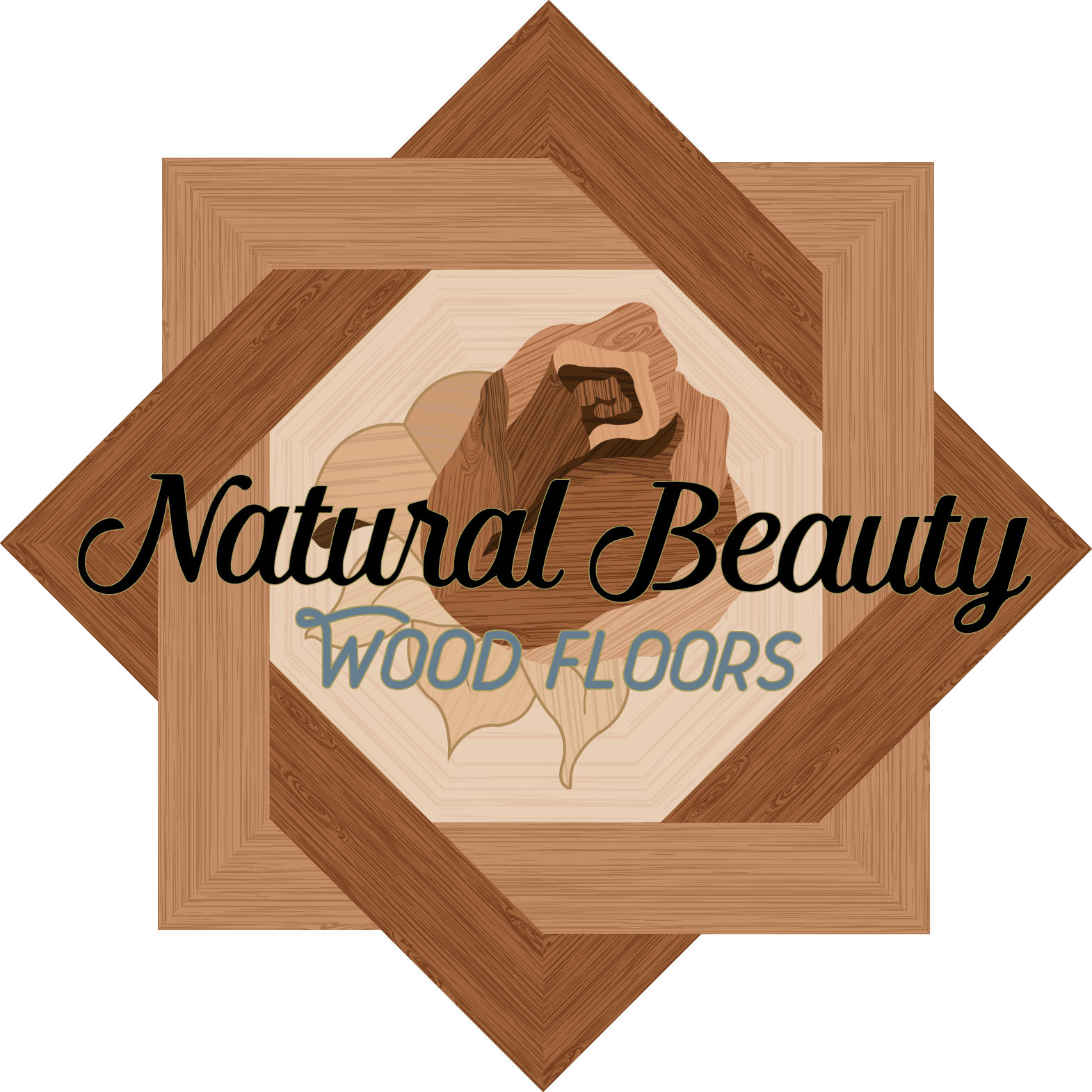There are several good reasons to choose engineered hardwood planks for your wood flooring. For many installations, it’s the best choice. Many people are focused on what type of wood they’d like for their veneer. They’re also thinking about what color of stain and what type of finish they’d like. These are all very important. However, you shouldn’t neglect the number of plies for your flooring as well. Engineered flooring is typically available as 3-ply and multi-ply. Multi-ply floors are usually nine or 11 plies. What does that mean and why does it matter?
Engineered Hardwood Construction
Engineered hardwood flooring is made of a base layer, a core layer, and a veneer. For a 3-ply hardwood floor, that’s all there is to it. It’s a base layer of some material that will provide it with stability. The core layer is a layer of wood that provides thickness. The top layer is a veneer of the actual wood that you’ll see in your home.
A multi-ply hardwood is made of a base layer as well. The core layer is several different layers of wood glued together. The veneer is the hardwood that you actually want. The main difference is that instead of just having one layer of wood between the base and the veneer, a multi-ply plank will have several thin layers pressed together. A 9-ply engineered plank will have seven layers of plywood as the core layer. An 11-ply engineered plank will have nine layers.
The Functional Difference
A 3-ply layer will obviously cost less than multiple plies because there is less manufacturing required. There are also functional differences. A 3-ply board is more likely to warp if you have a flood, big swings in humidity, or massive changes in temperature. The multiple layers of a multi-ply board are usually oriented with the grains moving in different directions so that they can properly distribute stress and reduce warping.
Also, the tongues and grooves of 3-ply boards are going to be slightly more fragile. Instead of being made of layers that can absorb shock and stress, it’s only one block of wood. That makes it more likely the tongue and groove will serve as a weak point.
If you are trying to save money and/or the floor will not be under much stress, 3-ply is the way to go. However, if you have underfloor heating or if you have changes in humidity, multiple plies will provide you with the most stability.
Hire a Local Hardwood Floor Contractor
In the Detroit area, look for local hardwood floor contractors with experience in installing engineered hardwood. They will give you the best opportunity possible to have the floor you love for years to come.

